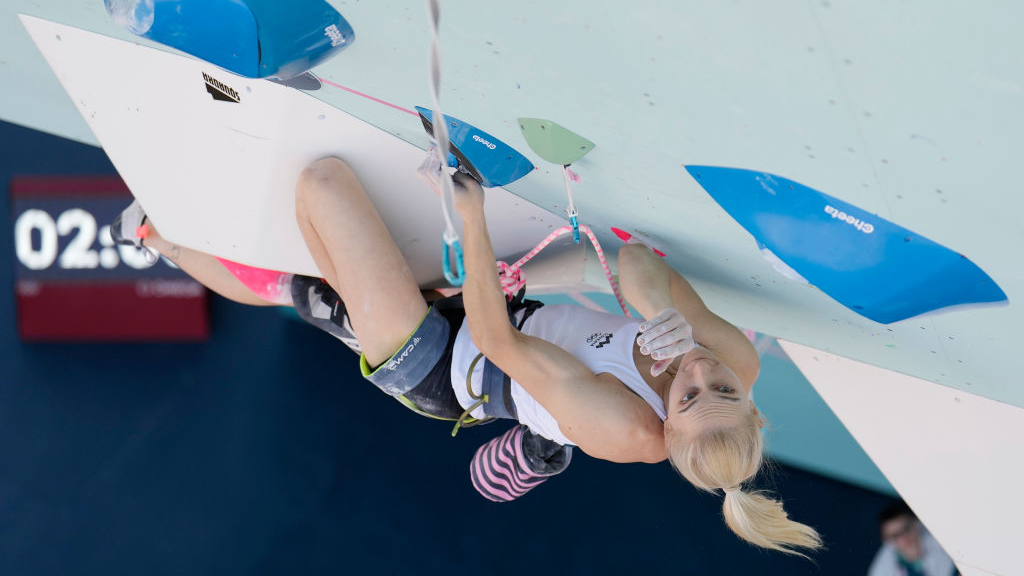How many backpacks is too many backpacks for your outdoor adventures?
Every type of hike seems to require a different type of backpack – when have you gone too far?
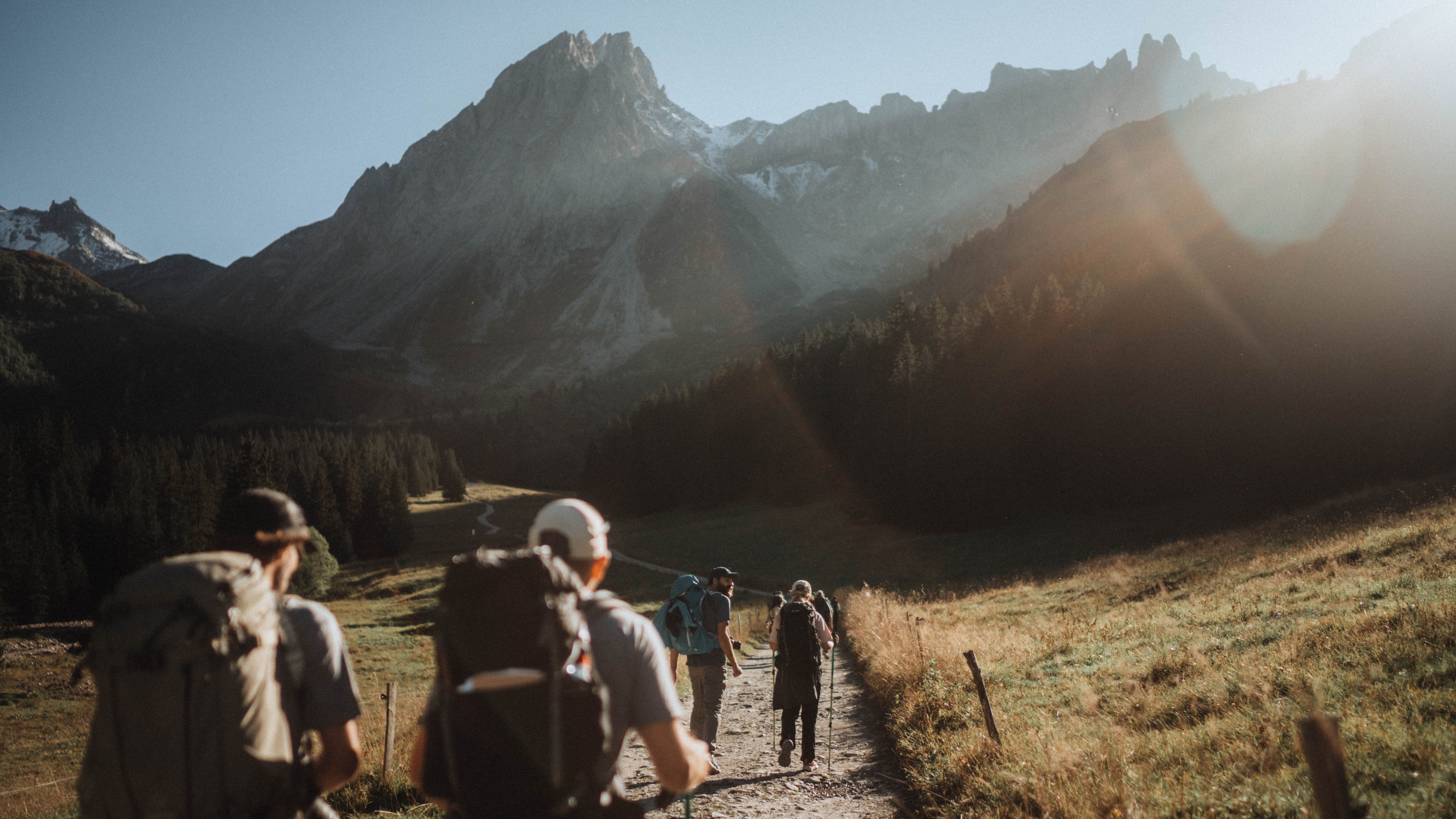
Like a lot of outdoors journalists, I have a lot of skeletons in my closet. Those skeletons come in the form of hiking boots, waterproof jackets and backpacks – dozens and dozens of them that fill the bottom of my wardrobe, every other cupboard in the house, take up space in rarely opened drawers and are stashed away in camping bins “for safe keeping.”
Basically, I have too much gear. Every so often, I do a cull and donate items I’m not using to friends, family, nurses and teachers – basically anyone who will take them off my hands. But often, I have trouble deciding what to part with.
Take backpacks for example. I won’t tell you how many I have because I feel deep shame, but it’s more than I need. However, when I try to cut down, I can make an excuse for keeping every one – usually my Osprey Daylite is ideal for a short hike, but if I want to bring an extra insulated jacket and a hiking flask in addition to my regular gear, then I size up to my Daylite Plus and if I’m going away for a weekend that might involve a hike and don’t want to check a bag then I need my Osprey Talon Earth. And hence I have too many backpacks.
If you’re spending more and more time outdoors these days, you might be wondering how many backpacks is too many backpacks for hiking and other adventures. The truth is, if you do a lot of different types of outdoor adventures, from afternoon saunters to multi-day treks, you are going to need a few different sizes of backpack. Lest things get out of control and you end up like me, needing to rent a separate apartment for your backpacks, here's a guide to how many backpacks you (probably) need.

Day hiking
For single day hikes, you need a smaller daypack that’s around 20L to fit the basics: waterproof jacket, rain pants, hat, gloves, water bottle, map, compass, lunch. If your pack is closer to 13L or 25L, that works too, so long as it fits everything you need.
I use my Osprey Daylite Plus for nearly all of my day-long adventures, and it’s just big enough that if I’m hiking and staying in a hotel, I can squeeze in my toothbrush and pajamas too.
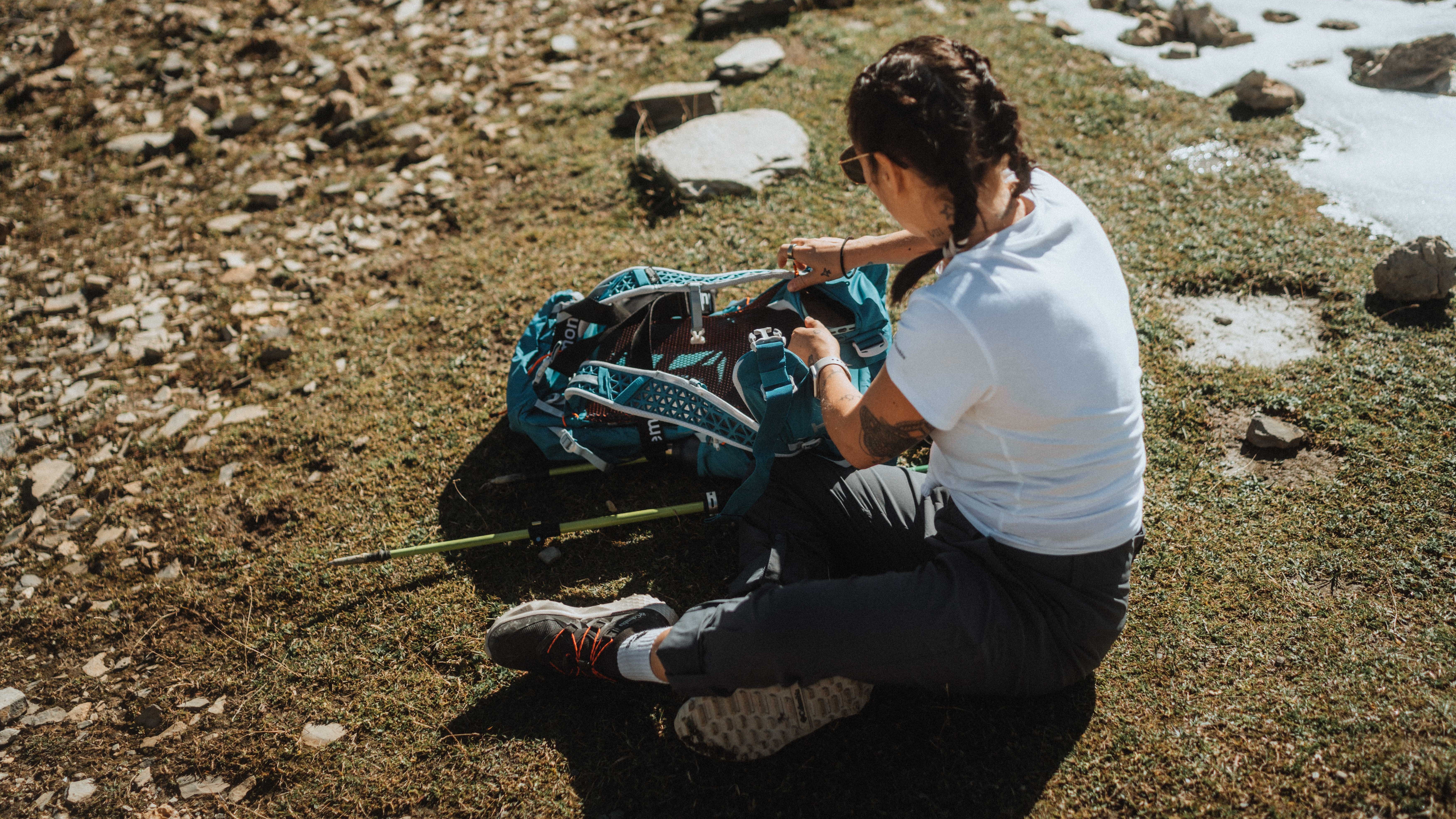
Fastpacking, ultralight missions and hut hiking
If you’re planning on some fastpacking adventures, you own a lot of ultralight gear and want to spend a night or two on the trail or are going hut hiking, you’ll need a bit more room, but you probably don’t want to go all the way up to a massive backpacking pack. Enter the 30L pack, which can easily fit all your day hiking gear, but has a little more room for very packable camping gear like a bivy sack, camping quilt and ultralight sleeping pad. It will be tight, but manageable.
Advnture Newsletter
All the latest inspiration, tips and guides to help you plan your next Advnture!
I recently went on a two-night hut hiking trip in the Alps, where the only piece of camping gear I needed was my sleeping bag liner, but I was carrying more clothes than usual because I was testing gear for Columbia. Consequently, I sized up to my Helly Hansen Transistor Backpack which is a 30L and gave me enough room to also carry my book and trekking poles on the hike in, but wasn’t so unwieldy I couldn’t use it for day hikes from the hut once I unpacked.
This is also my favorite size of backpack for taking an active vacation without checking a bag, as it’s not quite big enough to arouse the suspicions of the Easyjet staff and land me with a £45 penalty.
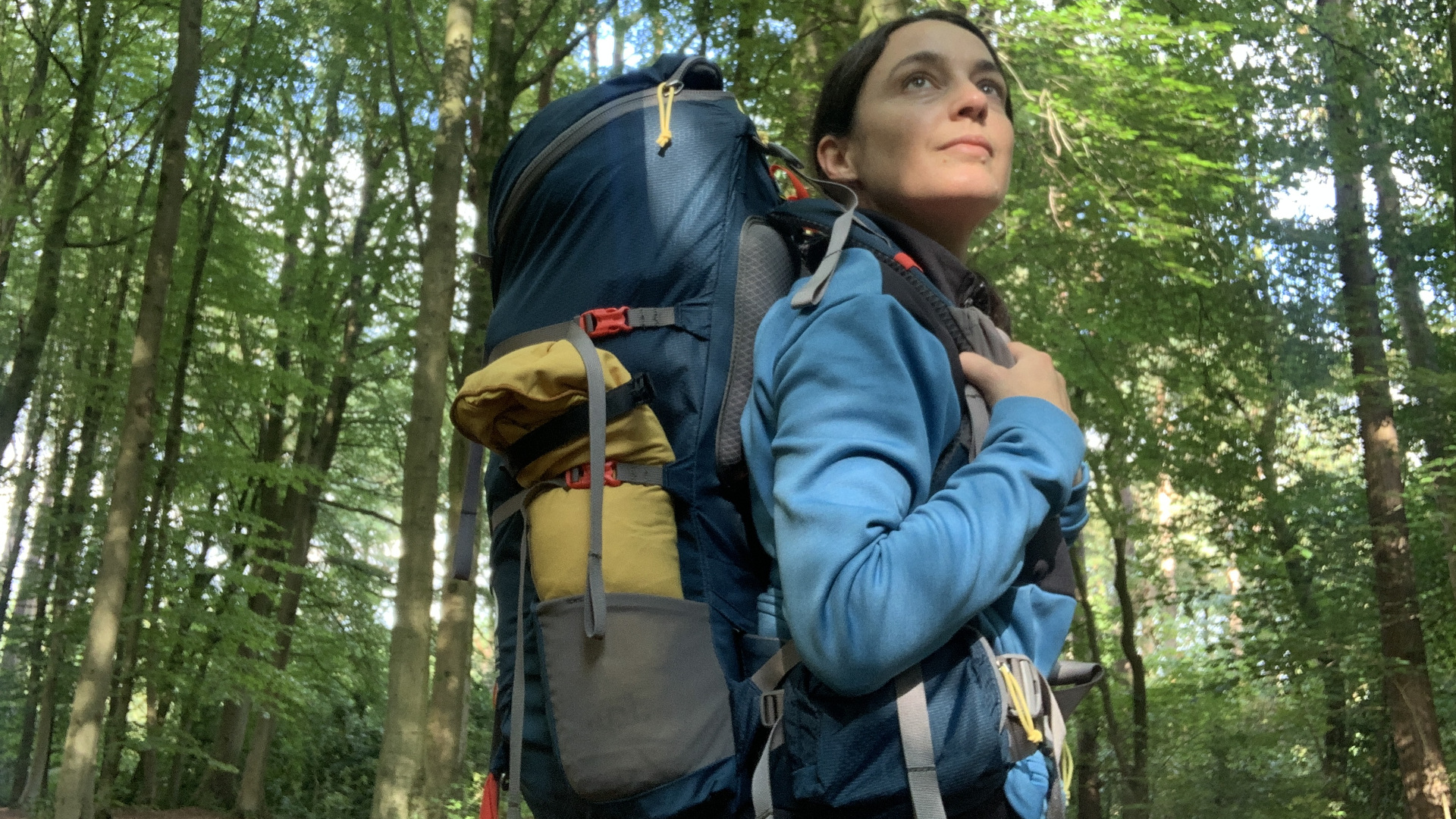
Backpacking and thru-hiking
If you’re going backpacking or thru-hiking, you’ll probably need to size up one more time and have a larger pack, that can range anywhere from 45 to 60 liters. It needs to be big to fit your tent, sleeping bag and pad, your camping stove and food plus extra clothes. My favorite in this department is my Sierra Designs Flex Capacitor 40-60L backpack which expands and easily fit all my gear when I was walking the West Highland Way, but cinches round my gear when I’m traveling light.
This type of backpack easily fits in an overhead locker, but some of the more unreasonable airlines might charge you a pound of flesh for bringing it on board.
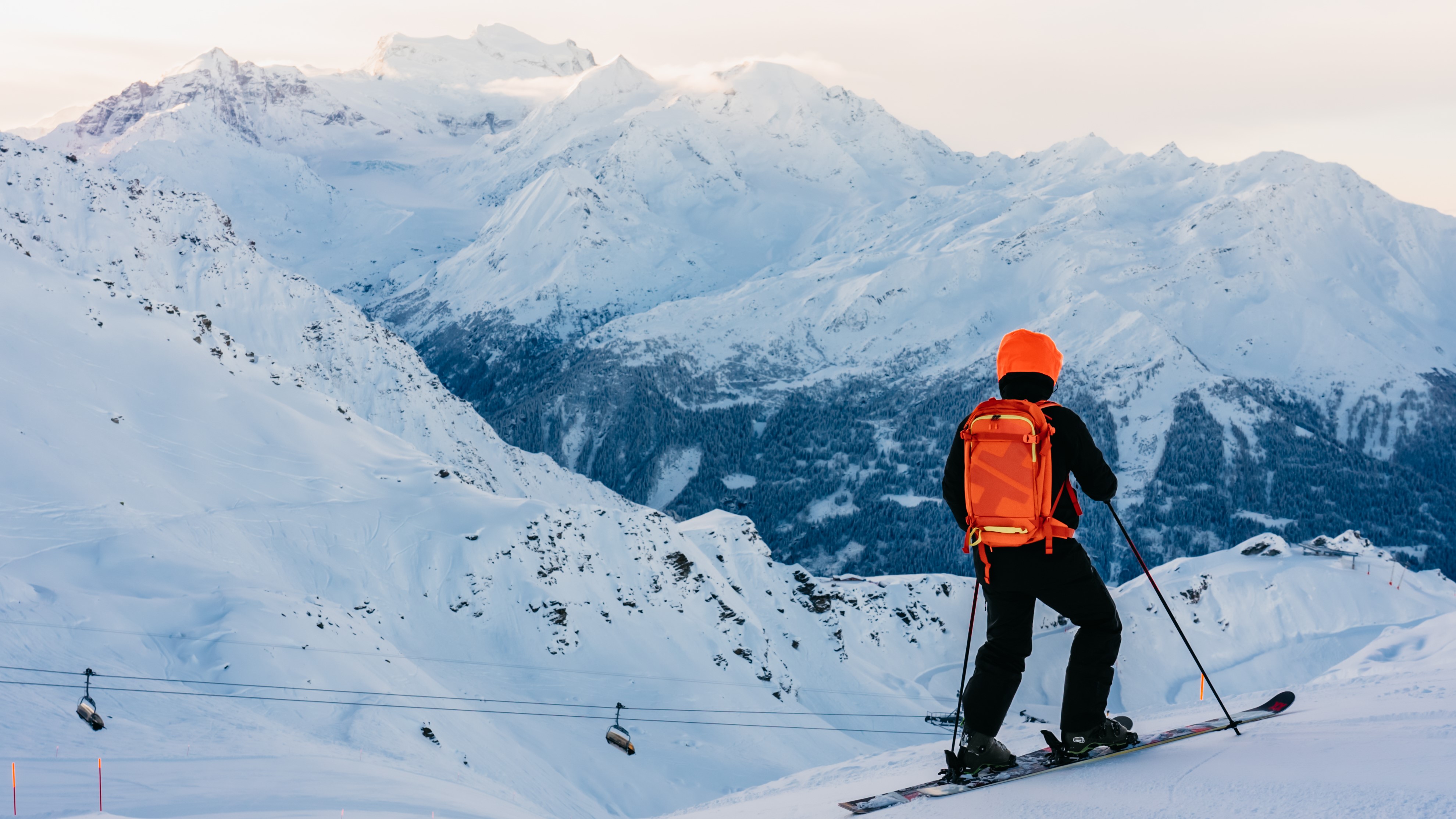
Backpacks for other activities
Okay, so that’s three backpacks, but wait – there’s more! There’s one more category of backpack we haven’t touched upon that only matters if you’re also a trail runner. Or a skier. Or a rock climber. Part of my problem, I’m realizing, is that I do a lot of outdoor activities, and this is really driving my backpack inventory up.
For running, though you can get away with a smaller hiking backpack for the occasional load, you’ll be happier with a running-specific backpack like my Vango Swift 10. These stay much closer to your body when you’re moving fast.
If you like ski touring as much as I do, then a 30L hiking backpack may work, but a roomier ski backpack like my Helly Hansen ULLR RS30 is better because you’ll be carrying bulkier gear, like your helmet and avalanche gear. Plus it will have attachments for your skis, if needed.
For rock climbing, you need to be able to carry your rope, cams and other gear, so you really need a roomy rope bag like my Petzl Cliff Rope Bag. I could go on and on here, but you get the idea.
How many backpacks is too many backpacks for hiking?
As you can see, the more you hike and adventure, the more backpacks you’ll need. If you’re keeping track, perhaps you’ll agree that I can reasonably justify six of my backpacks. So the short answer to a long question is, seven backpacks is probably too many.
Julia Clarke is a staff writer for Advnture.com and the author of the book Restorative Yoga for Beginners. She loves to explore mountains on foot, bike, skis and belay and then recover on the the yoga mat. Julia graduated with a degree in journalism in 2004 and spent eight years working as a radio presenter in Kansas City, Vermont, Boston and New York City before discovering the joys of the Rocky Mountains. She then detoured west to Colorado and enjoyed 11 years teaching yoga in Vail before returning to her hometown of Glasgow, Scotland in 2020 to focus on family and writing.

